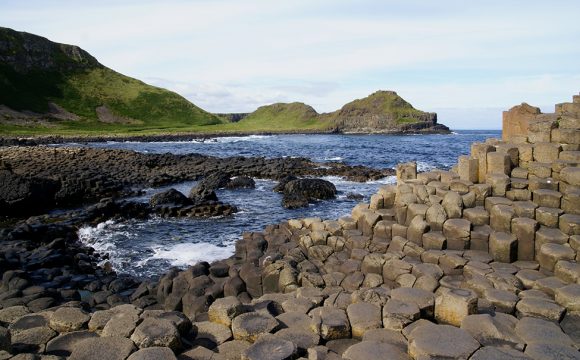The Capitol Hotel Tokyu, located in the heart of Tokyo, prides itself on offering guests the best homegrown ingredients with its food offering across its three main restaurants. Every year, the chefs at its Chinese restaurant Star Hill head to different locations across the country to discover the very best of what Japan has to offer.
This month, the hotel is offering the best of Kanazawa. Located three hours north via bullet train from the noise of Tokyo, Kanazawa is the capital of Ishikawa Prefecture on Japan’s central Honshu Island, and is known for its abundance of seafood, well-preserved Edo-era districts and art museums.
In Kanazawa, chef Takayuki Yamashashi was inspired by learning the history of the famous Rosanjin Kitaoji. Known as a gourmet and artist as well as a founder of the gourmet club, Hoshigaoka Saryo (“Star Hill Salon” in English) which was built in the same location of The Capitol Hotel Tokyu before the hotel was opened, he was also one of the big fans of cuisine culture and a local authentic restaurant in Kanazawa.
Commenting on the choice of Kanazawa as the area Takayuki comments: “Many long-established Japanese authentic restaurants in Kanazawa have their own vegetable gardens for their ingredients, which are always used in their food because the local produce in Kanazawa is called ‘Jiwamon’ by the locals, which means that a huge amount of effort and care has been spent cultivating it. Their love for the land and produce hugely supports the local cuisine culture, especially the authentic Japanese cuisine in Kanazawa. This is why we have chosen to include ingredients from Kanazawa in our own dishes, to embrace the spirit of the area.”
The key ingredients selected from Kanazawa to be used within the Chinese dishes at the hotel’s Star Hill Restaurant include Kobako Crab, Tilefish, Gynura Bicolor and Kanazawa Dropwort, to name just a few. Also featured are Crown Daisy, Kaga Lotus Root and Botea.
- Kobako crab (Snow crab): These crabs are found in the Hokuriku region in Japan. Considered a very special delicacy in Japan as the fishing of the Kobako crabs is only permitted for two months of the year.
- Tilefish: Named ‘Ama-dai’ in Japanese, these fish are in the Malacanthidae family and recognised as an extremely high quality fish.
- Gynura Bicolor: Is a member of the chrysanthemum family, especially produced in Kanazawa as one of the Kaga Vegetables with vivid purple leaves.
- Kanazawa Dropwort: Known as the thinnest root in Japan and very long root at around 40cm. It is categorised within the daisy family, Asteraceae.
- Kanazawa Crown Daisy: Called as ‘Tsuma-Jiro’, it is widely used amongst many dishes with its fresh yet delicate taste.
- Kaga lotus root: Compared to regular lotus roots, it contains more starch and is stickier, therefore, to enjoy its dough-like texture it is often grated before cooking.
- Boh-tea: Commonly recognised in Japan as ‘Kenjo Kaga-bocha’, it is a roasted green tea that is sweet and mild but some bitterness and is slightly stronger than other teas.
Talking about his personal favourite ingredient and dish, Chef Takayuki comments: “I love the Kaga steamed lotus root ball in this menu, as it is both beautiful to look at and tastes delicious. It was actually what impressed me most when I visited Kanazawa as it is known as the miracle lotus.
“Thanks to its stickiness, heating lotus normally gives it a soft texture, however, adding heat after putting them in the water gives a crispy texture, which was the first time I have experienced this in my career. I particularly enjoy this dish because it is widely celebrated by the locals in Kanazawa, and is a true reflection of the cuisine of the city. Although the Kaga lotus root balls used to be a popular dish to cook at home, it’s become a thing of the past and they are often only available at the best authentic Japanese restaurants in Kanazawa. This is why I thought it would be amazing to bring this to the hotel for our guests to experience!”
















